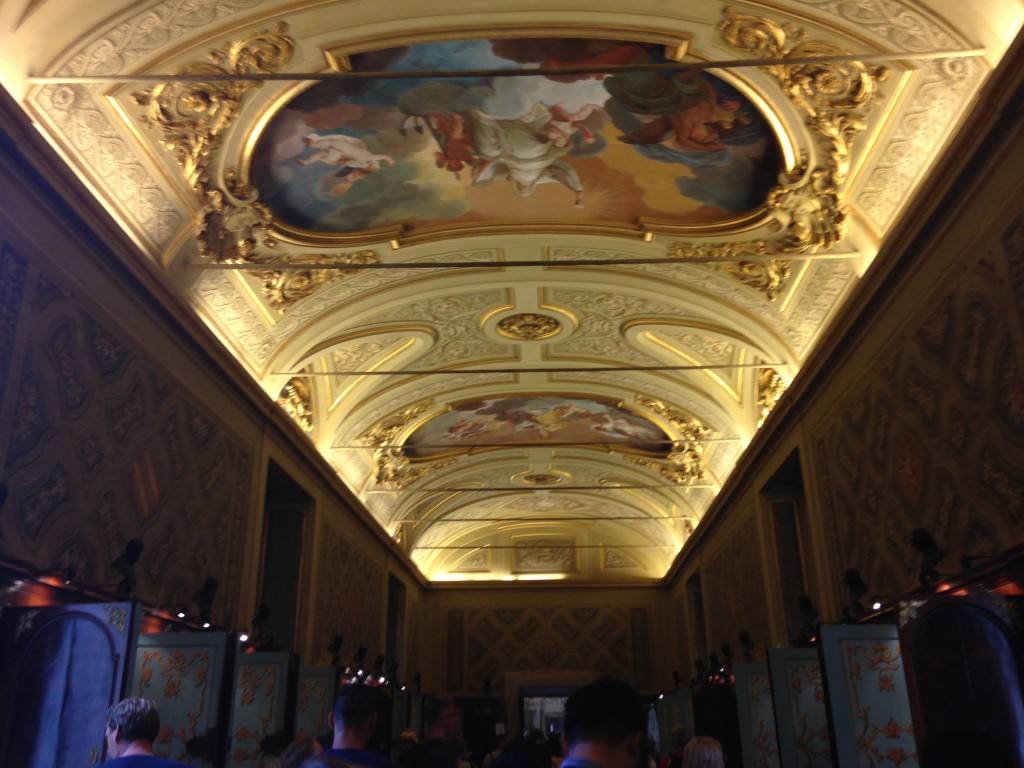Last week, Jeffrey Blanchard’s class visited the Vatican museums, since we had already visited the general Vatican area and St. Peter’s basilica before our field trip to Torino and Venice. Leaving our apartments rather early, we were able to arrive at the perfect time to avoid a massive crowd. As we began a tour of the museum, we were accompanied by a guard who allowed us to have special access to certain aspects of the museums, including hidden rooms behind Rafael’s frescoes and Bramante’s famous set of stairs that were not used publicly for several years.

Photo by Veronica Constable

Photo by Veronica Constable
As we made our way through the museum and beyond the marvelous frescoes, we finally reached the renowned Sistine Chapel. Upon walking in, one could truly feel the artistry and a sense of grandeur that cannot be recreated now. The chapel itself commanded great respect, for it was the only area in the entire museum in which there were no photos nor talking allowed. It was one of the few times throughout my stay here so far that I felt completely mesmerized and in awe of the environment, not distracted by tourists, but focused entirely on the experience.
As we left the Sistine Chapel, we were able to witness a bit of restoration occurring, highlighting the importance of the cultural aspects of Rome- something fairly common that we have seen in our journey’s around the city so far. One of the more interesting aspects of living in Rome is indeed all of the restoration that one sees because it is clear that Rome greatly values the preservation of art and architecture. It truly is the eternal city, something which can definitely be attributed to those who strive to preserve both the past and the present.

